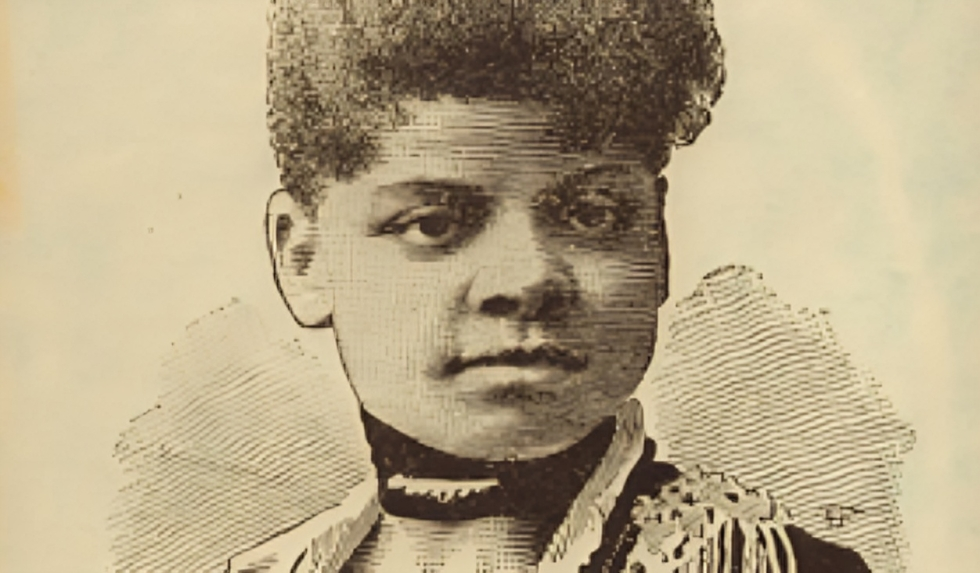
Ida B. Wells-Barnett (1862−1931), fiery journalist, women’s rights activist, and civil rights militant, is best known for her antilynching crusade. She tried to mobilize public opinion against lynching through her newspaper editorials, pamphlets, clubs, and lecture tours in the North and Great Britain. She also served as secretary of the Afro-American Council. Her activities laid the groundwork for the NAACP’s antilynching campaign for a federal law to protect local citizens from violence. A staunch critic of Booker T. Washington, Wells-Barnett helped organize the NAACP. However, she was skeptical of the NAACP’s white leadership and moderate platform and became inactive after 1912. She continued to fight for social justice independently, focusing on women’s suffrage and civic reforms.
Ida B. Wells-Barnett (1862–1931) was a pioneering African American journalist, educator, and activist, best known for her courageous work in anti-lynching campaigns and her advocacy for civil rights. However, it’s important to clarify that Wells-Barnett’s life and work primarily fall within the late 19th and early 20th centuries.
The term “Reproduction, created between 1940–1960” might refer to a reproduction of her work or a portrayal of her legacy created in that mid-20th century period. During these decades, her influence and contributions were recognized and celebrated, often leading to the creation of works that referenced or depicted her efforts.
If you’re referring to a specific artwork, photograph, or literary piece from that era that involves Ida B. Wells-Barnett, it would likely be a reproduction or reinterpretation of her original work or legacy. For example, there might be photographs of Wells-Barnett, literary works inspired by her life, or artistic representations created in the mid-20th century that continue to honor her contributions to social justice and civil rights.